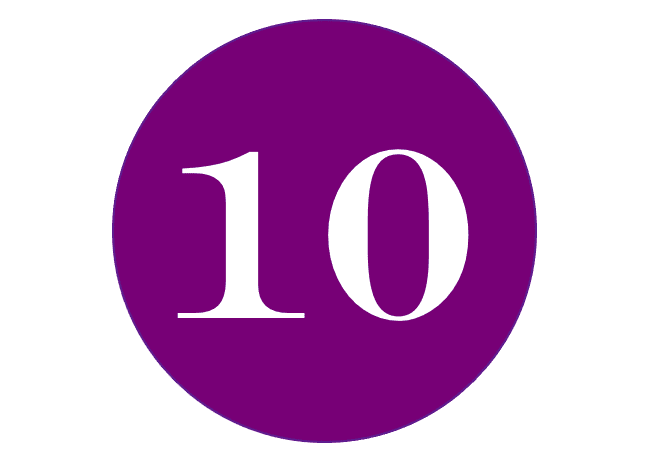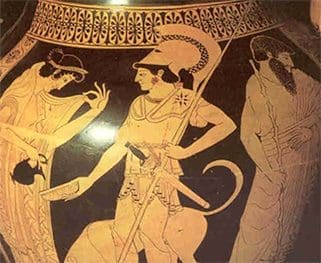
By the end of Year 6, it is important that pupils not only build up good chronological knowledge, they also need to be able to make comparisons across time between the various topics they have covered so that they can make comparisons and see connections. But this is only part of their historical education. Arguably, even more important is the need for pupils to really understand how the past can be known. Are you helping them to see that history is not simply ‘what happened in the past’ (which is pupils instinctive thought), but crucially how can they show that thy understand the following BIG 5 precepts
Idea 1 – History is an account of the past.
How often do you explain this to your Y6 pupils? If they find two textbooks with varying accounts does it totally flaw them?
Idea 2 – Accounts differ depending on one’s perspective.
How do you get this idea over to pupils?
Idea 3 – We rely on evidence to construct accounts of the past.
How often do you ask pupils to write a short piece based on primary evidence alone, i.e. sources, rather than drawing exclusively on textbooks/web pages for their answer
Idea 4 – We must question the reliability of each piece of evidence.
What opportunities do you give pupils to question rather than critically accept what a source might be telling them. If you use this website’s new Y6 thematic Unit on Beyond Face Value there are some great examples here such as factory owners and workers giving very different accounts of the conditions in the mills
Idea 5 – Any single piece of evidence is insufficient to build a plausible account.
How do you build into pupils’ thinking the desire to have evidence corroborated. Will they believe the first thing they are told or question whether there might be another viewpoint? Once properly taught, and Y6 history sessions are the place to do it, this is a skill for life!








